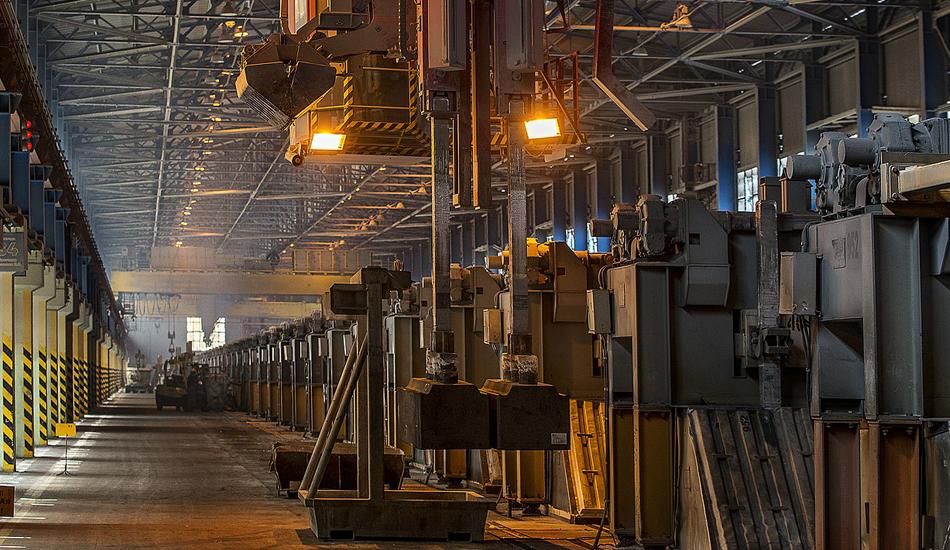China’s trade war with the U.S. is pushing out manufacturers who wish to avoid being slapped with excess tariffs. Japanese businesses seem to be at the forefront of this mass manufacturing exodus.
Away from China
Some of the products exported from China to the U.S. attract a 25 percent tariff before they hit the market. Trump has also announced more tariffs on US$300 billion worth of Chinese imports. If fully implemented, this would affect the competitiveness of China-manufactured Japanese products in the U.S. “In addition to mobile phones and notebook computers, the targeted items include game consoles, wristwatches, and clothing mass-produced by Japanese companies in China,” according to the Strait Times.
Manufacturers operating in China are faced with two choices — somehow absorb the cost or pass it on to American customers and risk losing sales. The only way to avoid these two situations is to shift production to other countries that have friendly trade relationships with the U.S. Japanese companies are doing just that. Ricoh, an imaging and electronics company, will be moving a part of manufacturing to Thailand.
Casio Computer estimates that their wristwatch business would take a hit of US$9 million due to the tariffs. By shifting production to Japan and Thailand, the company aims to cut the losses by half. Panasonic has already moved out of the manufacturing of car stereos to factories in Malaysia and Thailand. Sharp, which produces the vast majority of U.S.-bound printers from its Jiangsu plant, is also looking at Thailand as an alternative manufacturing destination. Nintendo is shifting production of its latest Switch game consoles to Southeast Asia.
Despite such supply chain shifts, China will retain its manufacturing advantage due to its large population and extensive infrastructure, at least in the long term. “China remains the ‘total package’ of manufacturing… The efficiency of manufacturing is based on how many suppliers are located nearby, what the quality of roads and ports and infrastructure is like, the quality and consistency of electricity, and the talent pool to draw on. On all of those metrics, China remains number one,” Joseph Foudy, a Professor from the New York University Stern Business School, said to CNN.
Slowing Chinese manufacturing
Trump’s decision to punish Beijing through tariffs seems to have succeeded. China’s manufacturing Purchasing Managers Index (PMI), which gauges the sentiment of factory operators, has declined to 49.4 in May. A reading below 50 is seen as bad for the future of the manufacturing sector. New orders dropped greater than expected, indicating that factories have a grim view of future sales and revenues.

“The sharp deterioration of the official manufacturing PMI confirms our more cautious views that downside pressures remain strong, growth has yet to truly bottom out, the double risk is quite real, and Beijing cannot afford to stop easing. With a rapid escalation of U.S.-China trade tensions, worsening employment, and deteriorating growth prospects, we expect Beijing to ramp up easing/stimulus measures in coming months to stabilize growth and employment,” analysts from Japanese bank Nomura said in a statement (Politico).
In addition to manufacturing, the employment sub-index of the PMI also fell to a value of 47, which is the lowest reading since 2009. Manufacturers seem to be so pessimistic that they are unwilling to hire more workers. The surge in the unemployment rate will hurt the economy further and affect the stability of Chinese society.








